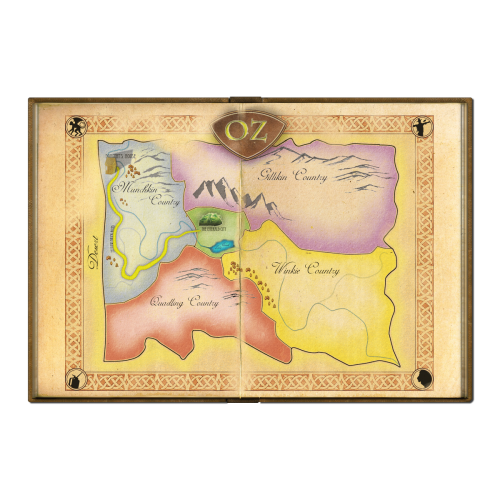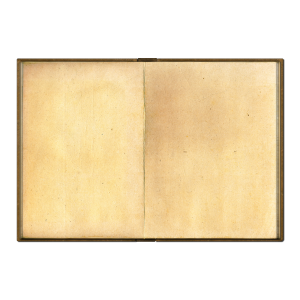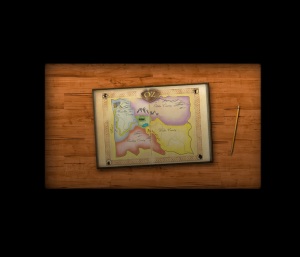<!– @page { margin: 0.79in } P { margin-bottom: 0.08in } –>
Kyle Kienitz
Dr. Sexson
December 2008
Dreaming of the Self
“Life, what is it but a dream?” concludes Through the Looking Glass. The dream-like story of Alice in Wonderland is full of obscure occurrences one generally encounters while sleeping. Alice’s adventure begins with seeing a talking white rabbit with a waistcoat and continues with nonsensical miscellany until she awakes. Just as Alice fell into the rabbit hole and began entered a dream world, so too can lucid dreamers intentionally put themselves into a conscious wake-like sleep. Understanding the role of the “self” is extremely important not only for Alice, but in much the same way for lucid dreamers.
A lucid dream can be defined by the Oxford English Dictionary as, “A dream in which the sleeper is aware that he or she is dreaming and is sometimes able to control or influence the course of the dream.” There are many techniques used to initiate a lucid dream, though it takes considerable practice and time to master certain methods. The payoff is the ability to control one’s own dreams and create custom dream adventures, which sounds a lot like writing a story or spinning a tale. Surely Lewis Carroll would have something to say about this as “Alice” often seems to be the quintessential dream-like fantasy.
As Alice’s adventures begin, she is not conscious that she is dreaming. This is assuming, of course, that Alice is in fact dreaming her adventures. This assumption is based off of her exit from the dream rather than from her entrance. “[She] tried to beat them [the cards] off, and found herself lying on the bank, with her head in the lap of her sister (Carroll 76).” She seems to drift unknowingly into a dream as the quick white rabbit checks the time and runs past.
The words of Morpheus to Neo in “The Matrix” come quickly to mind. As Neo begins his journey through the rabbit hole actually into “real” life he is asked, “Have you ever had a dream, Neo, that you were so sure was real? What if you were unable to wake from that dream? How would you know the difference, between the dream world…and the real world….?” Just as Neo is completely unaware of being in a dream through most of his life, Alice also seems unaware of the transition between a dream world and a non-dream world.
What is to say that Alice is not simply imagining all of these happenings? If this was the case, Alice would be seen as a much more clever and creative character. However, if she is understood as dreaming, credit is not given to her imagination but to the seemingly collective imagination which controls dreams, or rather, the author who is influenced by such imagination. Dreams tend to give credence to the idea of collective unconscious because most people feel as if they would never even think of such things as they dream about at night. Whether people are not given enough credit in the imagination area or something greater flows through the subconscious in all dreamers, can be debated and yet, dreams continue – dreamers do not stop.
In her article, “The Poetics and Spirituality of Dreaming: A Native American Enactive Theory,” Barbara Tedlock says, “In both my [lucid] dreams I experienced a form of ‘doubling,’ or conscious awareness of both being in a dream state and being sound asleep.” She goes on to explain that this consciousness contains the ideas of self-awareness and self-reflectiveness. In the context of a lucid dream this is necessary. To realize that one is in a dream, he must first understand and grasp a sense of self. Once a sense of self is obtained, a reference point for comparison is given. The questions of “Who am I?”, “Where am I?” or “What am I?” can be asked once a reference point is placed which occurs at the moment of self-awareness.
These questions are quite familiar to Alice when talking to the Caterpillar. Alice, at this point, is already aware of herself. When asked who she was by the Caterpillar, Alice replies that she hardly knows, with everything that has been happening to her. She begins asking questions of identity of herself, which can only mean that she has already established a reference point, a mark of self-awareness. Interestingly Tedlock also describes this as “self-reflectiveness.” Though these terms (self-awareness and self-reflectiveness) are certainly different, the process seems quite natural to begin with an awareness of self and then becoming inquisitive of that self.
Lucid dreaming must be preceded by dream recall. The only reason for this is because the dreamer would not know that he was lucid if he was not able to remember. The next obstacle with lucid dreaming is not awaking when self-realization occurs. For lucid dreamers this can be a very difficult task and often frustrating as much time is usually required to understand and recognize the signs of a dream only to wake up when that occurs. It is quite interesting that dreamers are awoken when confronted with a reference point of self. In the same way, as if Alice forgot that realization, when she is given a point of reference in the final court scene of Alice’s Adventures in Wonderland, when she sees that she is quite large and all of the others are quite small and, as Alice says, “You’re nothing but a pack of cards!” Alice is awoken from Wonderland when a reference point is made, which is a realization of self.
For the lucid dreamer this process is more exact. Alice seems to have plenty of self-awareness throughout the story and yet only awakens after a certainly prominent moment of self-awareness. Therefore, dreaming requires a certain lack of self-awareness. Once the dreamer becomes aware, he either awakes or can change the dream’s course. Alice also seems to be somewhat unaware. She certainly does not awake, and certainly cannot control Wonderland – Wonderland controls her. It could then be argued that the collective unconscious is present in the dream world, but at the point of lucidity, or self-awareness, that unconscious is soiled by the conscious self. The story of Alice, if not controlled by her conscious self would then be a representation of that collective unconscious which reigns over dream logic.
Alice deals considerably with the idea of “self” and it seems to affect the adventures that she has. Lucid dreamers also rely on “self” to instantiate lucidity while dreaming. The self plays a very important role in the story of Alice and in the dreamer. Self-consciousness is necessary for lucidity in the dream world and yet Alice never seems to make it to complete self-consciousness, because if she did then she would be able to control Wonderland. Just as a dreamer allows subconscious dream-logic to reign, so to is Alice immersed in the whims of that same logic. A lucid dreamer must first become self-aware, and so too do our beloved children’s story characters.
Works Cited
Carroll, Lewis. Alice in Wonderland. Ann Arbor: Borders Classics, 2006.
Tedlock, Barbara. “The Poetics and Spirituality of Dreaming: A Native American Enactive Theory.” Dreaming, Vol. 14(2-3), June-September 2004, pp. 183-189.
The Matrix. Dir. Andy and Larry Wachowski. Perfs. Keanu Reeves, Laurence Fishburne. 1999. DVD. Warner Bros., 2001.










